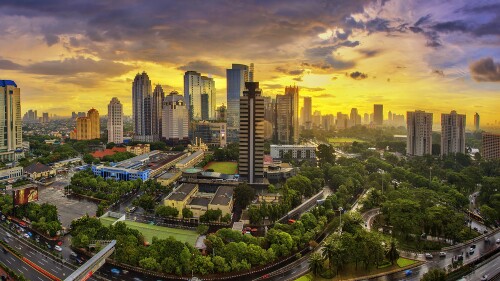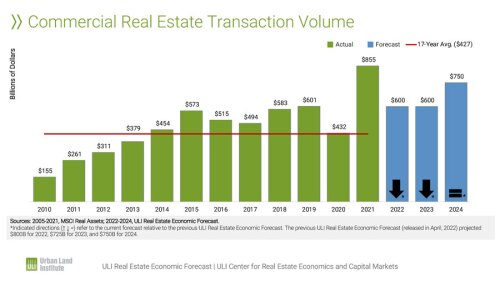A CBRE analysis of U.S. consumer spending and demographic patterns suggests significant changes for food-and-beverage (F&B) operators and the real estate they occupy, including a greater push for convenient, prepared foods; a growing millennial influence; and the emergence of inner-ring suburbs as the industry’s hottest market.
CBRE’s new report, the first in its multipart Food in Demand series, makes several predictions about the near-term outlook for the U.S. restaurant and grocery industries and potential implications for retail real estate. Those industries—collectively the food-and-beverage sector—will undergo rapid evolution due to demographic shifts, economic factors, and automation.
“The food-and-beverage category claims nearly 25 percent of retail sales in the U.S., and few other sectors have expanded their presence in shopping centers as quickly as restaurants and grocery stores,” said Melina Cordero, CBRE global head of retail research. “But this sector is just as susceptible as others to sweeping demographic changes, which we’ll see influence real estate through formats such as grocery-restaurant combinations, more kitchen-only outlets, and delivery services.”
Among CBRE’s predictions:
- Neighborhoods on the edge of the urban core will become even hotter F&B destinations.
- Growth of single-person households will boost demand for convenient dining.
- Spending in restaurants and grocery stores will outpace other soft-goods categories for the next five years.
- Millennials’ spending on F&B will exceed that of all other generations within 10 years.
“We see consumer preferences influencing many facets of retail real estate, including store location and store design to accommodate delivery pickup or prepackaged meals; and different store layouts to incorporate automated ordering and self-service,” says David Orkin, an executive vice president leading CBRE’s restaurant practice in the America.



